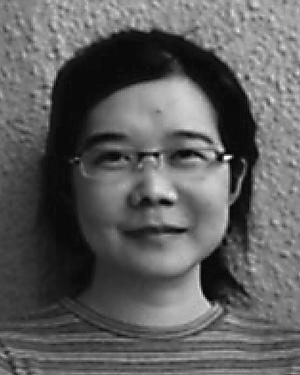Author details

T. Chanwimaluang
Also published under: Thitiporn Chanwimaluang
Affiliation
National Electronics and Computer
Technology Center (NECTEC)
Pathumthani, Thailand
Biography
Thitiporn Chanwimaluang (S'02—M'07) received the B.Eng. degree in electrical engineering from Chulalongkorn University, Bangkok, Thailand, the M.S. degree in electrical engineering from Pennsylvania State University, University Park, in 1996 and 2001, respectively, and the Ph.D. degree from the School of Electrical and Computer Engineering, Oklahoma State University, Stillwater.,From 1996 to 1997, she was with Siemens, Thailand. From 1997 to 1998, she was with Thai Telephone and Telecommunications, Thailand. She is currently with the National Electronics and Computer Technology Center (NECTEC), Klong Luang, Thailand. Her current research interests include image registration and 3-D reconstruction.(Based on document published on 28 July 2009). Author's Published Works

